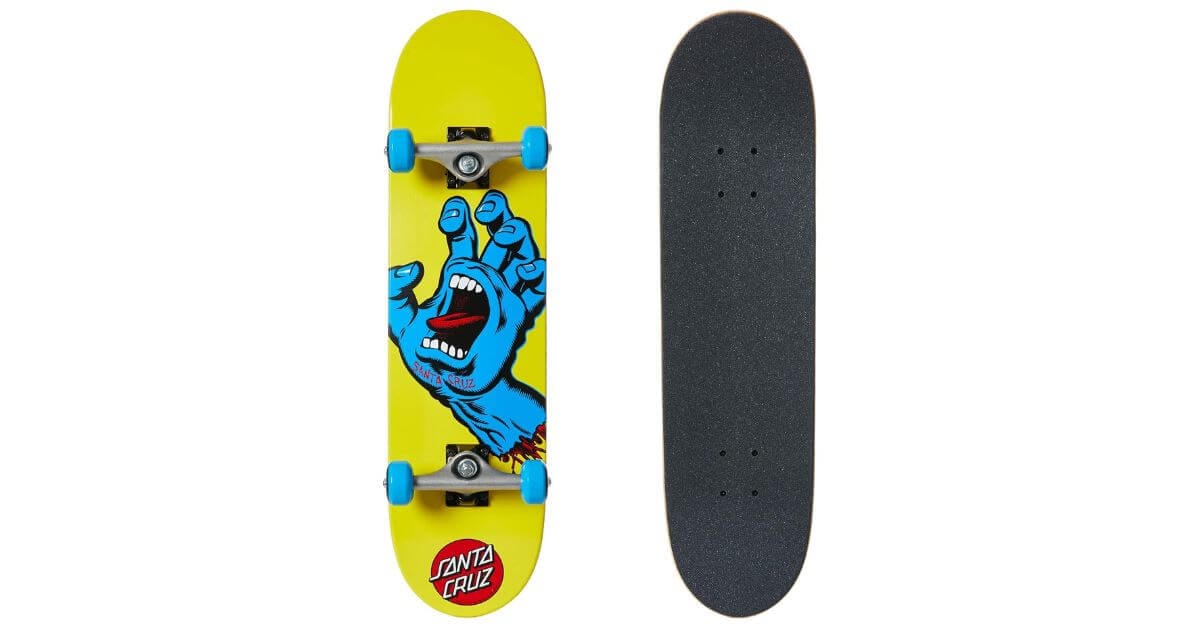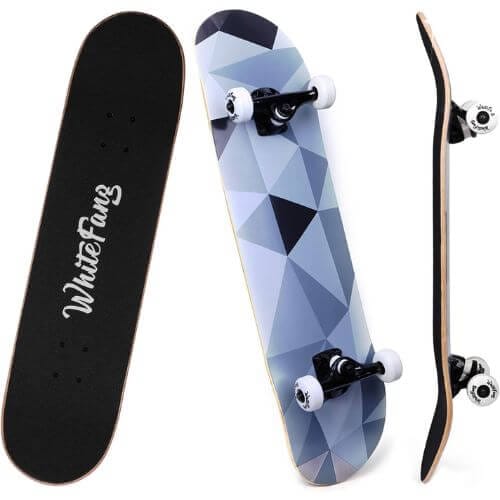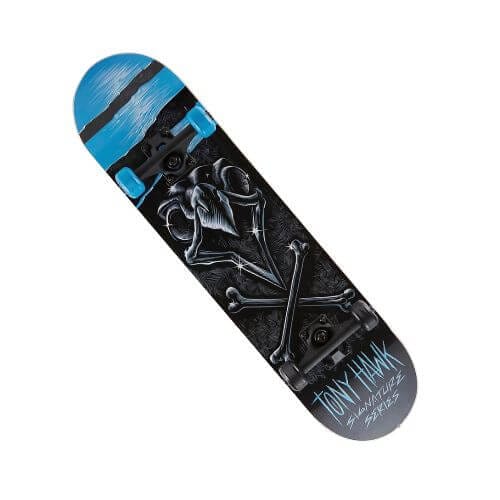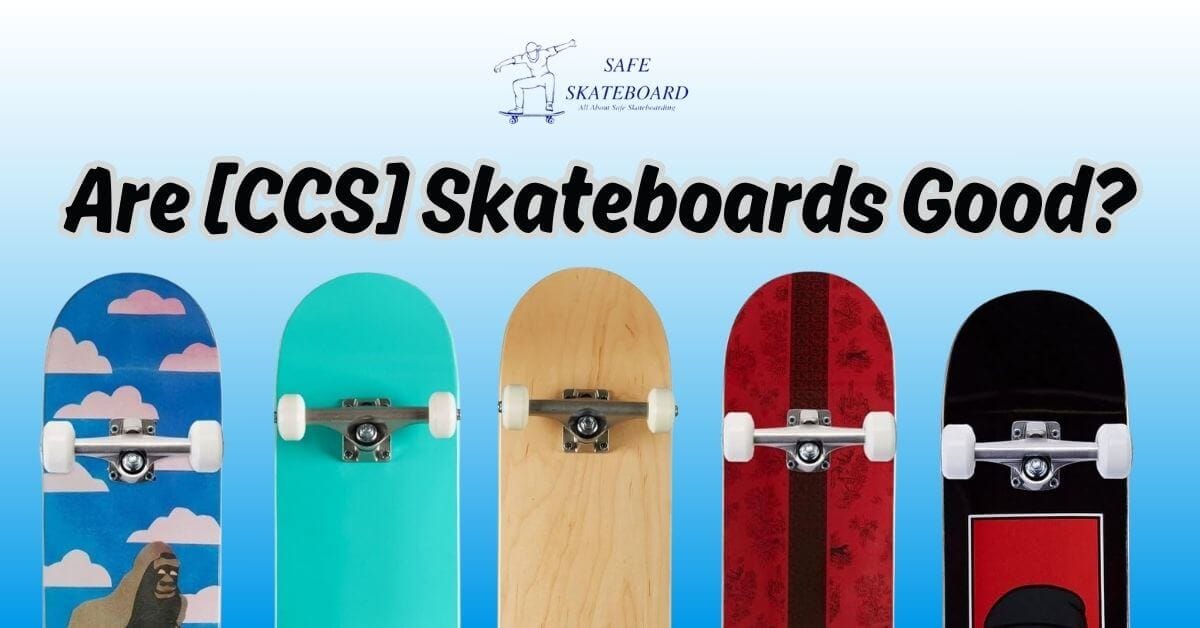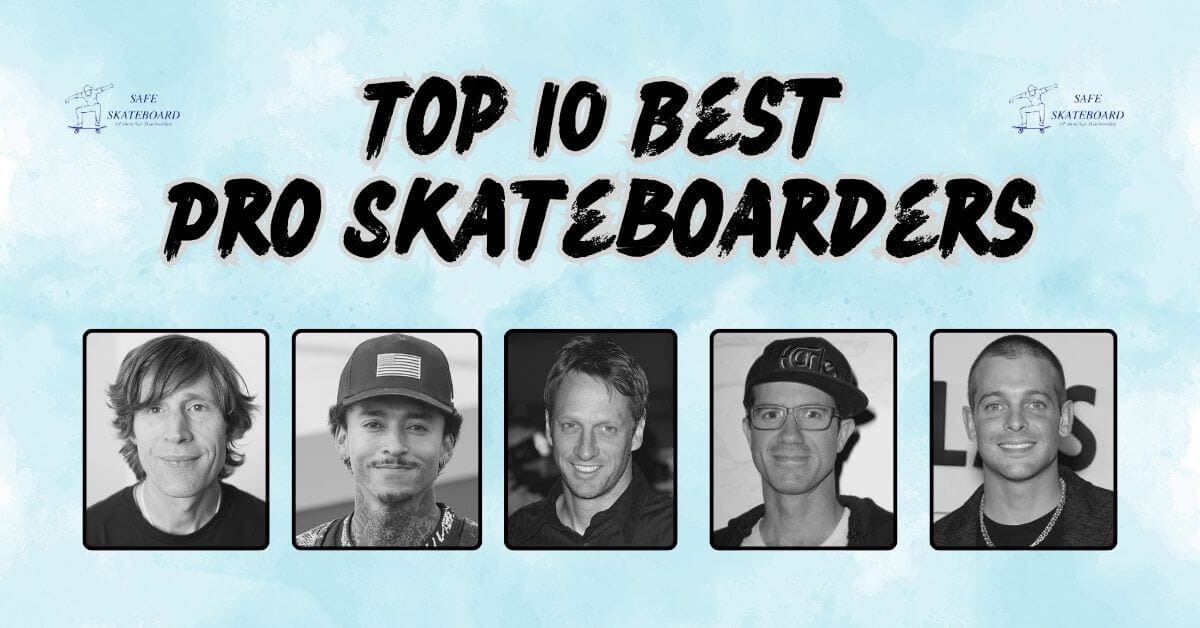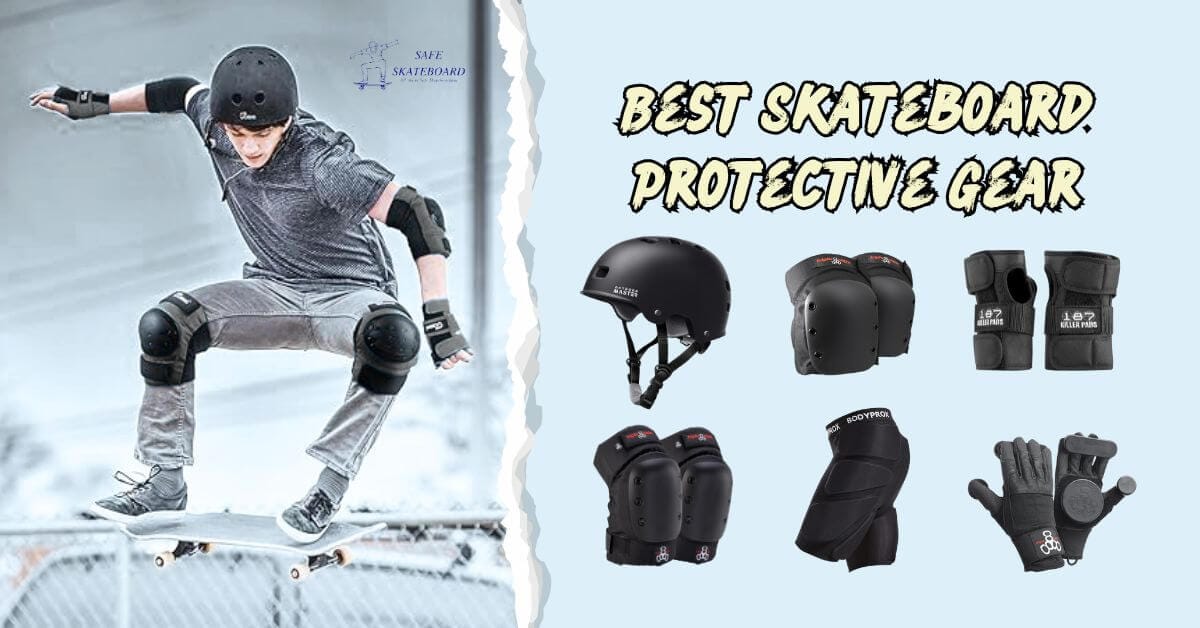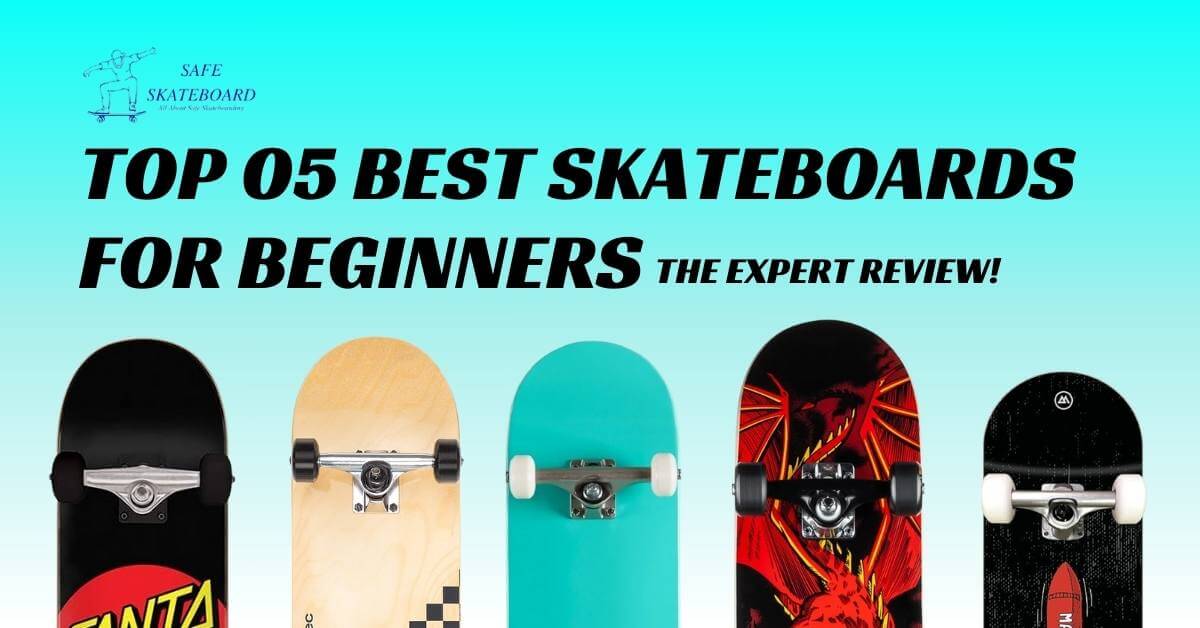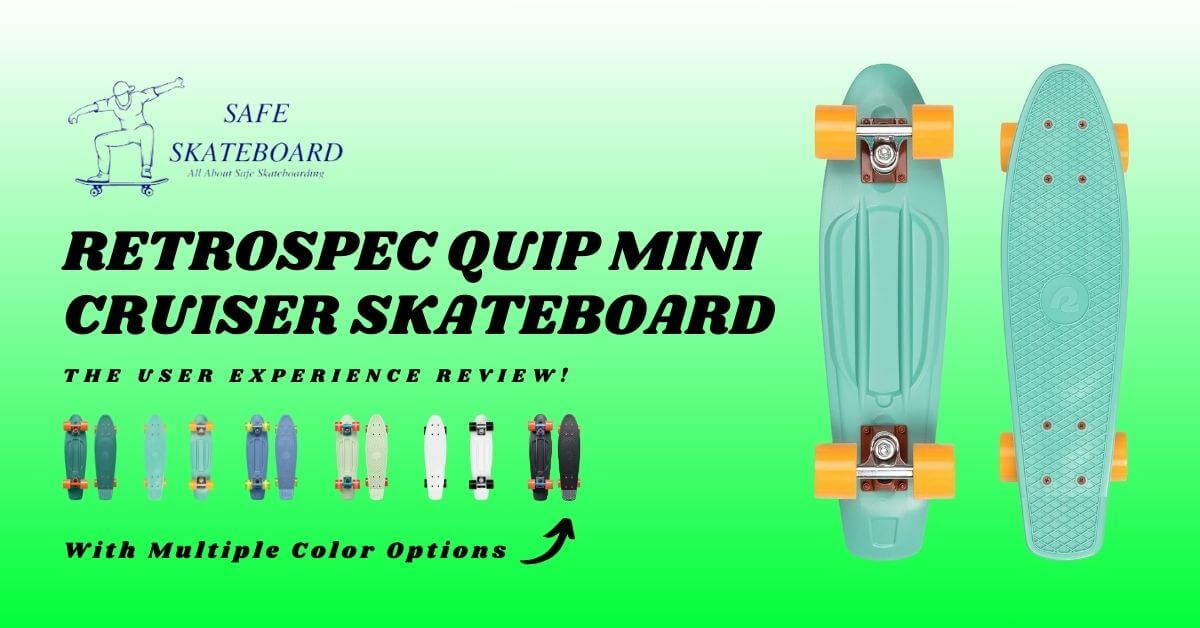Ready to get better at skateboarding but not sure where to start? Learning to skateboard as a beginner can feel like a steep climb, but it’s one of the most exciting journeys you’ll ever take. If you’re wondering how to get better at skateboarding for beginners, this guide is here to help.
In this guide, I’ll cover all the essentials from choosing the right gear and mastering balance to learning your first tricks so you can build skill, gain confidence, and fully enjoy every minute on your board.
Let’s dive into what it takes to go from beginner to skilled skater!
Step 1: Choose the Right Gear
The right skateboard and protective gear make a big difference, especially when you’re just starting out.

- Skateboard: Go for a board that feels comfortable under your feet. Search for something like a wider deck around 8-8.5 inches, because it is easier to balance on. Look for a complete skateboard set-up for your comfort.
- Protective Gear: Helmet, knee pads, elbow pads, and wrist guards are essential for every skateboard rider. Even seasoned skaters fall protective gear keeps you safe and confident. Which is key as you push yourself to get better.
Step 2: Find a Good Practice Spot
Before you start rolling, you need the right spot to learn. In this step, I’ll help you find a safe, smooth, and quiet place to build your skills.
As a beginner, it’s best to stay away from traffic, crowds, and steep hills. You want flat ground, low noise, and no surprises. That way, you can focus on your balance, pushing, and turning without stress.
Here are a few great places to start:
- Empty parking lots (early morning is best)
- A smooth sidewalk in your neighborhood
- Quiet driveways or dead-end streets
- Basketball courts or tennis courts
- Beginner zones at local skateparks
Look for clean pavement with no cracks, rocks, or dips. Even a small bump can throw you off when you’re new.
Step 3: Master the Basics: Stance, Balance, and Pushing
Before you start riding, it’s crucial to master your stance, balance, and pushing technique.
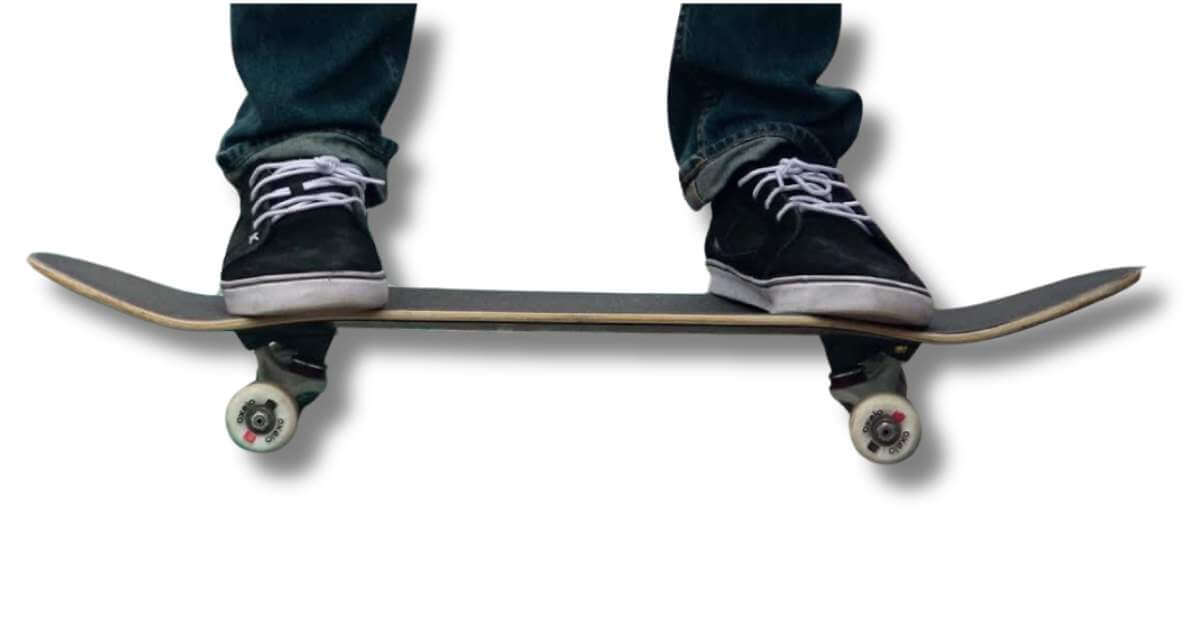
- Stance: Stand on your skateboard with both feet. Determine if you’re regular (left foot forward) or goofy (right foot forward).
- Balance: Keep your knees slightly bent and distribute your weight evenly. Practice standing still and shifting weight between your front and back foot. Balance is everything in skateboarding, so take your time to get comfortable.
- Pushing: Place your front foot on the board near the bolts, and use your back foot to push off the ground. This helps your skateboard go faster and gets you comfortable with movement. Once you’re rolling, place your back foot on the tail and adjust your weight to maintain balance.
Pro Tip: Start slow and gradually pick up speed as you gain confidence. Learning to ride comfortably is the foundation for everything else.
Step 4: Learn How to Stop on a Skateboard
Learning to stop is as important as learning to go! Here are two easy ways:

- Foot Brake: Gently place your back foot on the ground while keeping your front foot on the board. This is the easiest way to control your speed or stop completely.
- Heel Drag: Keep your back foot on the tail, but angle it so your heel drags against the ground. It’s a simple way to stop, but practice this slowly at first to avoid losing control.
Once you’re comfortable stopping, you’ll feel much more in control of your movements.
Related Article: How to slow down a skateboard.
Step 5: How to Turn on a Skateboard
Turning on a skateboard can seem tricky, but there are two main methods:
- Lean Turns: Shift your weight toward your heels or toes to make slight turns. For beginners, this is the easiest way to start steering your board.
- Kick Turns: When you’re ready, try kick turns on a skateboard. Lift the front wheels slightly by pressing on the tail, then pivot in the direction you want to go. Start small until you get the hang of it, as kick turns can take practice.
Learning to turn well will make riding smoother and more enjoyable; it’s essential for skating around obstacles or navigating skateparks.
Step 6: Practice Riding “Switch”
“Riding switch” means skating with your non-dominant foot forward. It feels awkward at first, but it’s a great skill to develop early on. Let’s see below:

- Balance: Practicing the switch helps you gain better control over both sides of your body.
- Versatility: Riding switch is useful when you start learning tricks or changing directions in the park.
Start by just rolling the switch a few times during each practice session. Over time, you’ll feel more balanced and comfortable, making it easier to learn more advanced moves.
Step 7: Try Basic Tricks to Build Confidence
Once you feel comfortable riding, turning, and stopping, you’re ready to try some basic skateboard tricks. As a beginner, you’ll progress quickly if you start with foundational tricks like these:
How to Ollie on a skateboard
The ollie is one of the most essential skateboarding tricks. To ollie, pop the tail down while sliding your front foot up, lifting the board off the ground. Practice in a stationary position first to get the movement down, then try while rolling.
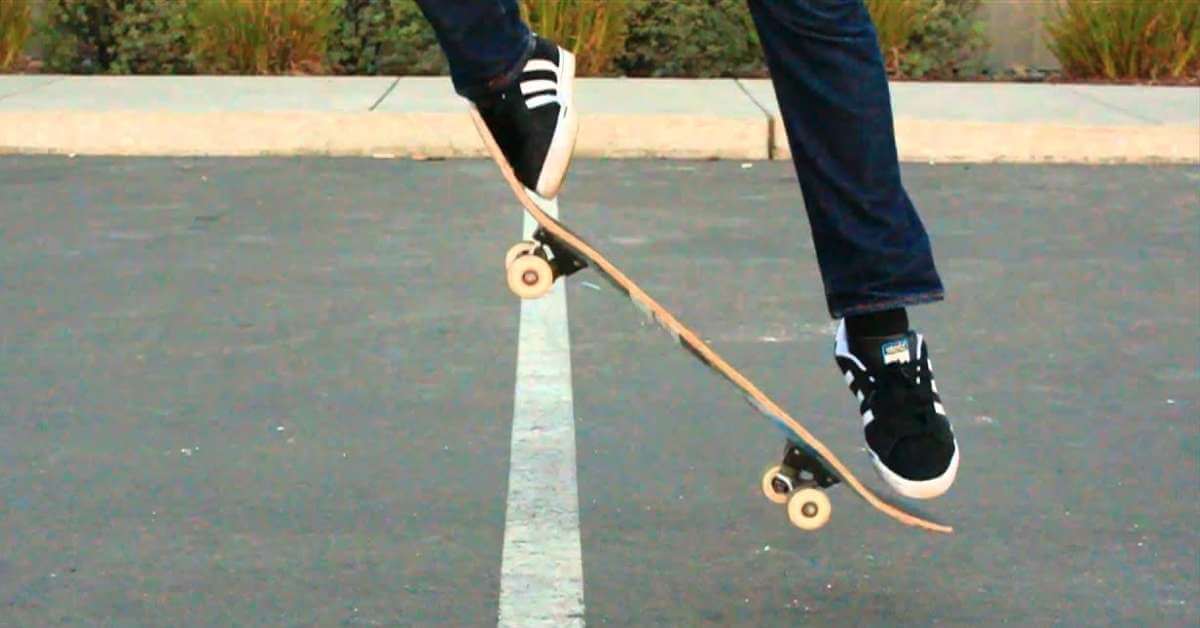
How to Manual on a Skateboard
A manual on a skateboard is similar to a wheelie. Balance on your back wheels without letting the tail touch the ground. Start by holding it for a second or two, gradually working up to longer manuals as you build balance and control.
These tricks might take time, so don’t rush them. Practicing daily for even a few minutes will help you develop a strong foundation in no time.
Also You Can Learn: Easy Skateboard Tricks to Learn in One Day!
Frequently Asked Questions (FAQs): How to Get Better at Skateboarding for Beginners
How much practice should I aim for?
Consistency is key in skateboarding. Try to practice several times a week, even if it’s just for 30 minutes. Regular practice will help reinforce your skills and build confidence.
Is it normal to fall while learning?
Yes, falling is a part of the learning process in skateboarding. It helps you understand your limits and learn how to get back up safely. Always be cautious and wear protective gear to minimize injuries.
Where can I find a community to skate with?
Look for local skateboarding groups, clubs, or skate parks. Connecting with experienced skaters can provide valuable tips, encouragement, and opportunities to learn.
When will I start seeing improvement?
Improvement varies by individual, but with dedication and consistent practice, you can expect to see progress in a few weeks. Celebrate small achievements along the way to keep motivated!
Final Words: Stay Positive and Have Fun!
Remember, learning to skateboard is a journey. You’ll face challenges, and you’ll fall—that’s part of the experience. Each fall teaches you something new, so don’t let it discourage you.
The best way to get better at skateboarding for beginners is by embracing the process and celebrating small wins.
Skateboarding is as much about confidence as it is about skill, so enjoy the ride, keep practicing, and have fun!



